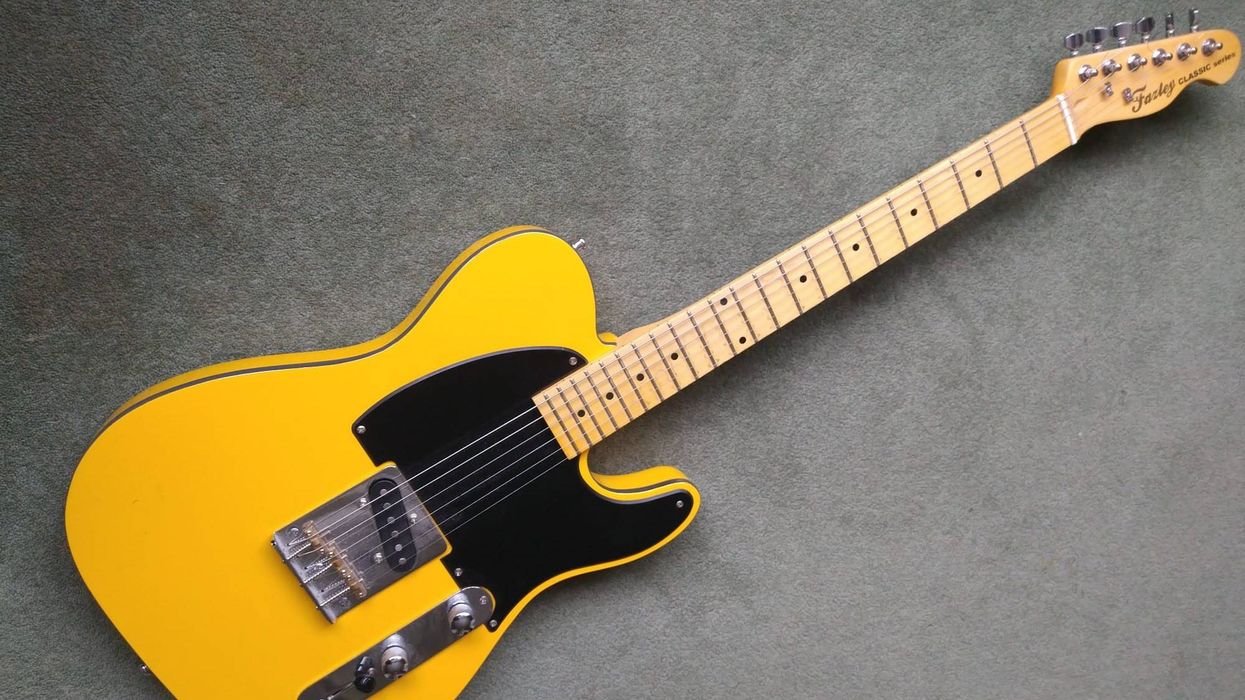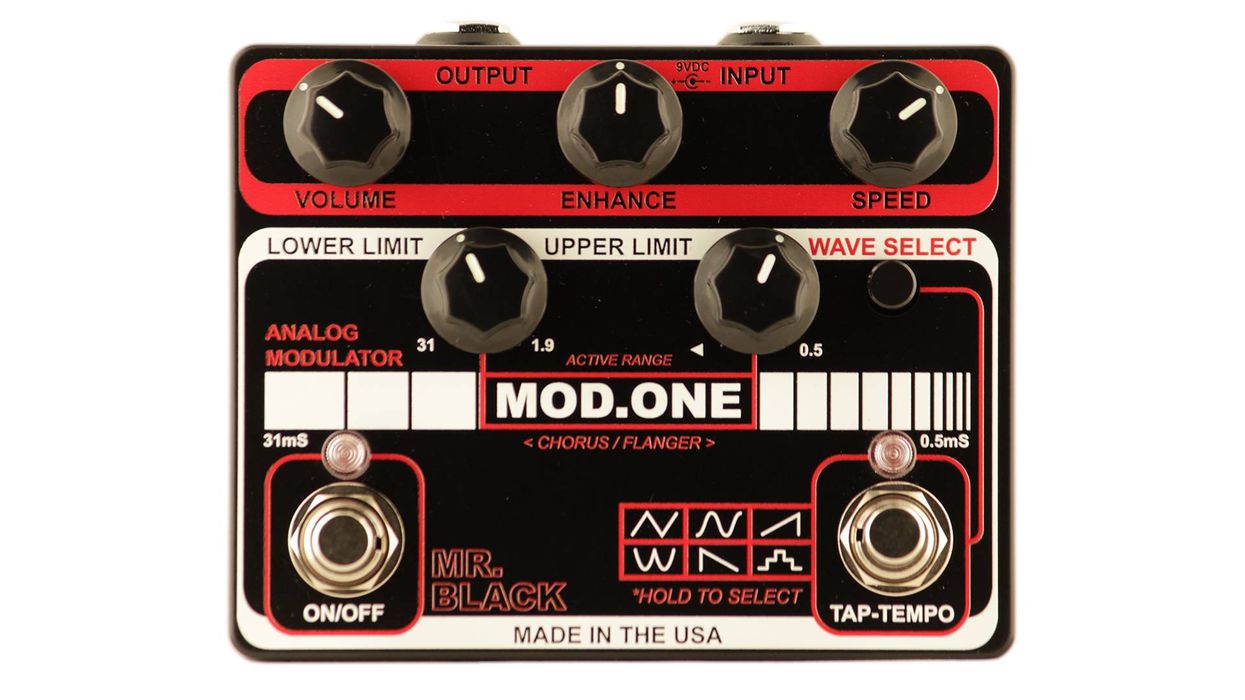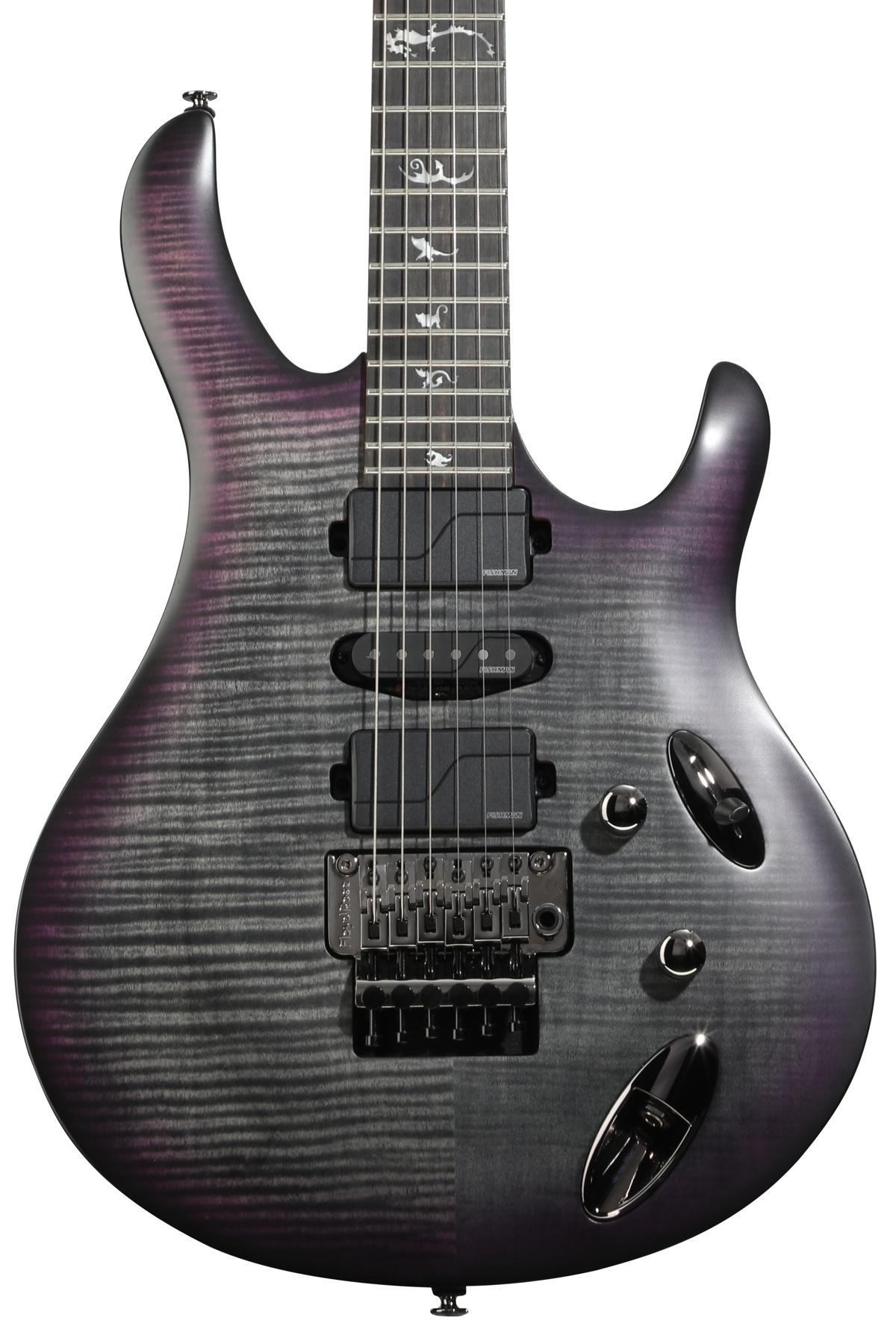lower harmonic registers.
Two Channels from a Tube Guru
The Duo Tonic is the first pedal from Aspen Pittman Designs in San Fernando, California. (For those who recognize but can’t quite place the name, Aspen Pittman is the author of the much-revered The Tube Amp Book.) It is a dual-channel boost/overdrive/distortion pedal based around two sub-miniature 6502 pentode tubes, similar in size to the ones found in compact pedalboard amps and preamps, including the BluGuitar Amp1 or the Effectrode Fire Bottle.
Ratings
Pros:
Clear Dumble-to-Klon overdrive and distortion tones enhanced by tube section. Independent channels. Very articulate and hi-fi sounding. Decently priced compared to other tube overdrives.
Cons:
Hi-fi clarity can mean lack of color when the channels are operated independently.
Tones:
Ease of Use:
Build/Design:
Value:
Street:
$349
Aspen Pittman Duo Tonic
aspenpittmandesigns.com
The tube side has an almost amp-like feature set, providing a 3 band EQ along with a master volume, tone, and gain control. It remains relatively clean even when pushed, and its maximum gain tone sounds a bit like a Deluxe Reverb at the edge of breakup, with a focus on the highs and high-mids. It can get a little shrill with brighter guitars and pickups, so it is wise to make full use of the pedal’s tone and treble controls.
The second side is based around a JRC4558D, the op amp associated with TS-style circuits. While including a Tube Screamer-style drive might seem run-of-the-mill, the tones it helps generate are far from it, thanks in part to the way it works with the tube channel.
By itself, the tube side of the Duo Tonic isn’t especially colorful, but that can be a very good thing for a pre-amp style pedal—especially when you’re trying to maintain the essence of a good guitar/amp combo—and it has the mix of clarity and edge that vacuum tubes deliver so well. Clean tones are very hi-fi, with a hint of midrange warmth and a fair bit of high-end snap. When the solid-state circuit pushes the tubes, however, the overdrive and distortion sounds become very complex in both upper and lower harmonic registers. These can be very Dumble-esque. But you can also generate deep, complex, Klon-style low-gain overdrive tones. In fact, my ears prefer the Duo Tonic’s sounds in Klon-style modes.
The Verdict
The Duo Tonic puts a lot of tone-shaping potential at your feet. Both channels are independent, which is a huge plus in my book, and I really enjoyed running the different sides of this pedal with different guitars into different pedals. And while both sides can sound a little hi-fi or monochromatic when run independently with some guitars and amps, running the two channels together might find you giving thanks to the tone gods. It makes dark Les Pauls creamy and thick without sacrificing clarity, and makes bright Stratocasters and Telecasters sound and feel bigger and fatter. Better still, that hi-fi sheen accentuates all the right frequencies and stays intact when you stack the two channels. If you enjoy tone sculpting and can afford it, the Duo Tonic is a preamp/overdrive that’s not to be missed.







![Rig Rundown: Russian Circles’ Mike Sullivan [2025]](https://www.premierguitar.com/media-library/youtube.jpg?id=62303631&width=1245&height=700&quality=70&coordinates=0%2C0%2C0%2C0)


























